Case studies and presentationsLivestream
Time
Friday 24 February
9:05am
Location
Auditorium
Speaker
Sheree Cairney
Associate Professor
Centre for Remote Health, Flinders University & Cooperative Research Centre for Remote Economic Participation
Abstract
Wellbeing has been difficult to understand, measure and strengthen for Aboriginal people in remote Australia. Part of the challenge has been genuinely engaging community members and incorporating their values and priorities into policy. Aboriginal knowledge is passed down through stories, and governments mainly speak the language of numbers, so we developed a coordinated approach merging Aboriginal knowledge with western science – by bringing together stories and numbers. Over four years, we applied a ‘shared space’ model whereby Aboriginal communities, government and scientists collaborated to design and implement a holistic Interplay Wellbeing Framework for remote communities in Australia. The framework integrates Aboriginal priorities of culture, empowerment and community with government priorities including education, employment and health, in a holistic model of wellbeing (www.crc-rep.com/interplay).
Working with Aboriginal community researchers, a survey was developed to collect quantitative data against the framework, and 900 Aboriginal adults were surveyed. Statistical analysis validated the holistic nature of the framework and identified some key interrelationships that signified pathways for improved wellbeing.
A series of video documentaries were produced to bring Aboriginal stories together with numbers – or statistical analyses – in an interactive online version of the Interplay Wellbeing Framework, using a tailor-designed data visualization tool (crc-rep.com/wellbeingframework). The tool is now being used to understand how people’s daily realities are represented by these scientific interrelationships, and how governments can work together with Aboriginal communities using this knowledge to meet common goals. As such the technology is a tool for creating collaborative and transformative change across the policy and community arenas.







Leave a Reply